Do you know the advantages and disadvantages of batteries for new energy vehicles? Which battery is better?
In this era of energy saving and emission reduction, car owners pay more and more attention to new energy vehicles in order to protect the environment (province) (money), which has jointly created the EV grand occasion of the present era. In the new car market in 2023, electric vehicles have become the main force that cannot be ignored. Although everyone uses electricity to output power, their "martial arts" are different. Partners who pay attention to new energy for the first time always can’t tell the types of batteries, such as Ferrous lithium phosphate, lithium ternary, sodium ion, so many chemical names are chosen. As the saying goes, knowing ourselves and knowing ourselves is the only way to win a hundred battles. As workers, of course, we should be careful in choosing a car. Next, we will analyze which one you are suitable for from the aspects of battery life and battery safety ~
Nickel-chromium and nickel-hydrogen batteries
This kind of battery is common in hybrid vehicles, one is American and the other is Japanese.
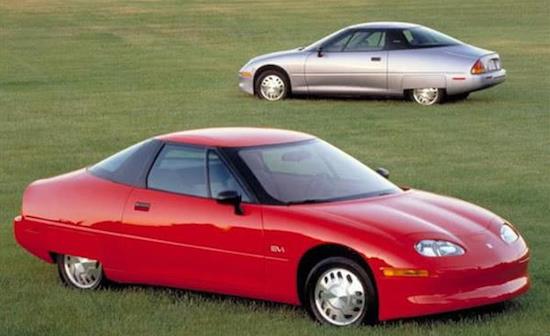
General EV1 (pure electric): a pioneering work of new energy vehicles
This electric car, which was mass-produced and specially designed as early as 1996, uses a 26.4kWh nickel-chromium battery with a battery life of 228km, which is longer than some trams (Laotoule) in 2023.
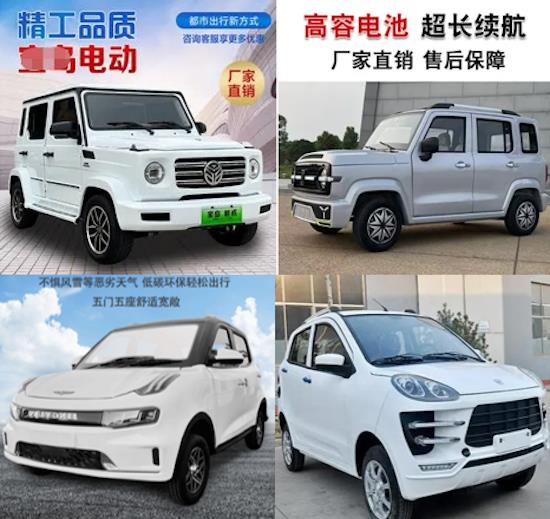
This technical index of GM was quite shocking in that year, but due to market reasons, the car stopped production six years later.
Another faction began with the Toyota Prius, which was produced in 1997, and the Honda Hybrid and Ford Hybrid in the future, and the well-known Toyota Twin Engine is also this kind of battery.
The advantages of Ni-MH battery are quite mature and reliable technology, stable quality and long service life. The disadvantages are low performance, poor product consistency and high self-discharge rate. Therefore, Ni-MH batteries are commonly used in HEV models, and they need to be used with engines to produce 1+1 > 2 effects.
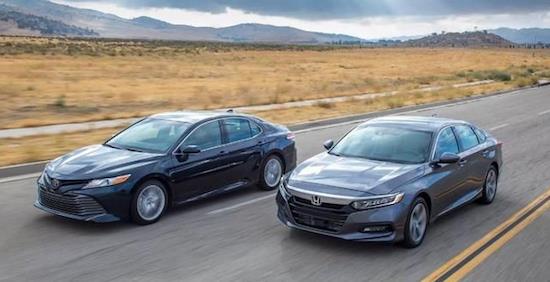
Lithium iron phosphate battery
Lithium iron phosphate battery may sound strange, but the famous blade battery is this one.
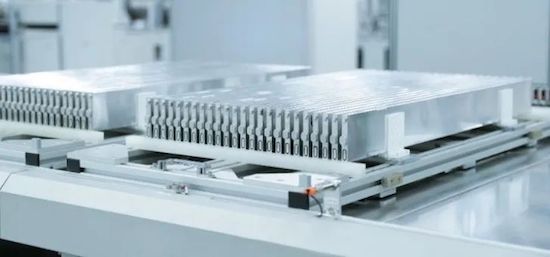
As one of the most common high-voltage batteries on the market at present, lithium iron phosphate battery is especially suitable for vehicles that need to be charged and discharged frequently, which is more common in plug-in hybrid vehicles.
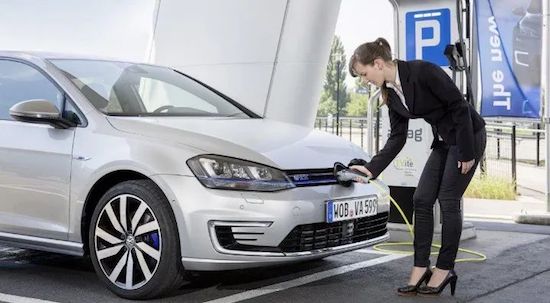
This kind of battery has outstanding advantages, and has a good performance in thermal stability, safety factor, production cost and so on. In the initial stage of new energy vehicle industry, lithium iron phosphate battery has become the first choice of many manufacturers. However, lithium iron phosphate batteries also have shortcomings, such as energy density is not as good as ternary lithium batteries. As we all know, energy density is an important KPI of batteries. The higher the density, the longer the battery life and the stronger the performance. Although the density of lithium iron phosphate battery is not as high as that of lithium ternary battery, the characteristics of Ferrous lithium phosphate are more suitable for the grocery cart which is often charged and discharged. Anyway, it has a long cycle life and can be driven at will.
For example, the following hot-selling plug-in hybrid family cars all use lithium iron phosphate batteries, which are highly recognized by the automobile market and are absolutely cost-effective!
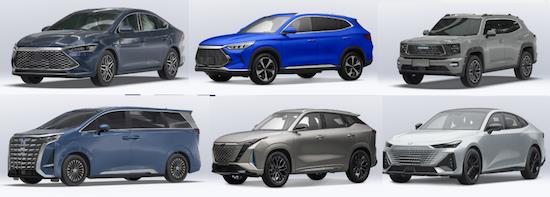
Ternary lithium battery
Ternary lithium battery, like lithium iron phosphate battery, is also a common new energy vehicle battery in the current market. It performs better in energy density, but it is highly sensitive to temperature, so it needs a more powerful battery management system.
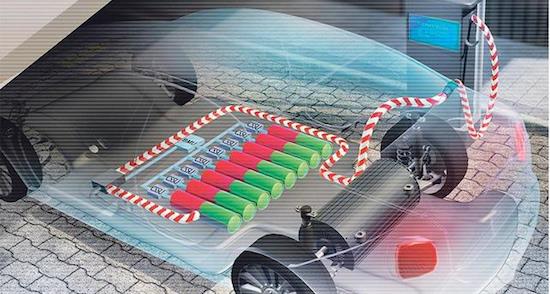
In recent years, ternary lithium batteries have become more popular, not only because of its outstanding advantages, higher energy density and better low-temperature adaptability, but also because ternary lithium batteries have stronger charging and discharging performance, better battery consistency and higher yield. However, ternary lithium battery also has its shortcomings. Compared with lithium iron phosphate battery, it has poor thermal stability, shorter cycle life, more efficient control system and higher production cost.
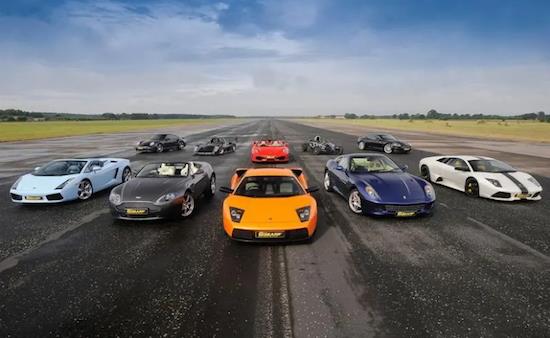
Doing multiple-choice questions on the road of power is bound to have gains and losses. The better the power, the more "delicate". However, there are always some fans who pay for the battery performance. For example, the following hot-selling cars are still said by the owners.
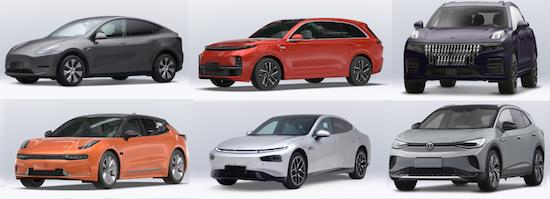
Sodium ion battery
Friends who love new energy vehicles must have heard of this battery. It has many advantages, such as good safety, low cost, good low-temperature performance, excellent fast charging performance and so on.
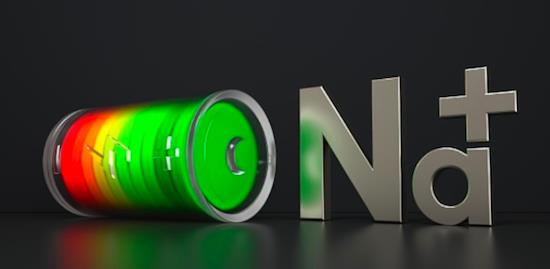
Like a hexagonal warrior with all kinds of BUFF. Then why didn’t this battery become the main sales model? In fact, it is mainly because the technology tree has not been fully lit. But in September last year, China took the lead in mass production of sodium ion batteries in the world. At present, the research and development of models equipped with sodium ion batteries is fast. For example, the two cars below, equipped with sodium ion batteries, are listed in the catalogue of the Ministry of Industry and Information Technology and are expected to be listed soon.
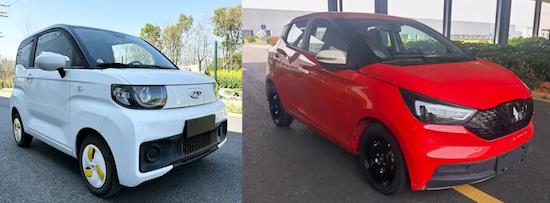
As a star of tomorrow, sodium ion battery will attract the attention of the market every time it is installed in a vehicle. It is very likely that 2023 will be the first year of commercialization of sodium ion battery.